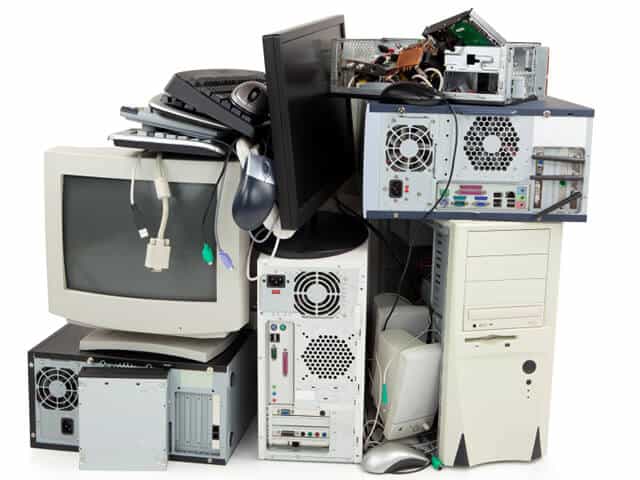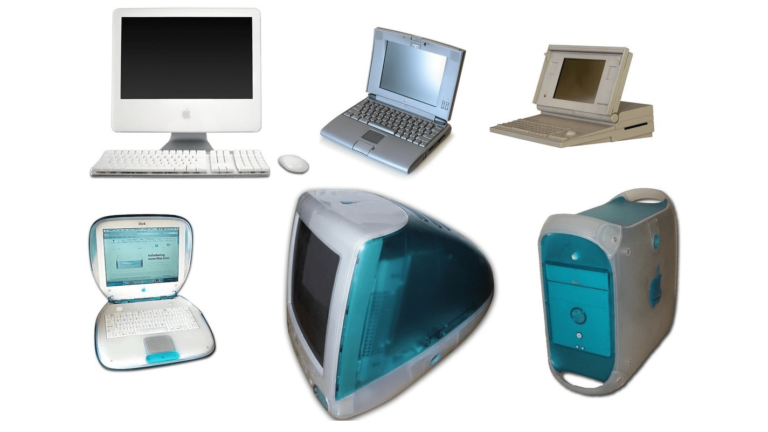But here’s the silver lining: a screen replacement doesn’t have to be a simple fix – it can be an upgrade. A real upgrade. One that makes your laptop not just usable again, but noticeably better than it ever was. We’ve done exactly this for dozens of our customers, and they’ve been genuinely surprised (and delighted) at how much better their machines became just from this one change.
The Underrated Display – What You’re Probably Missing
Unless you’re spending upwards of $1500 on a premium laptop, you’re probably looking at a standard 1080p (Full HD) screen with average specs. And when we say “average,” we really mean it. The colours might be a bit dull, the contrast a little off, and the screen brightness? Likely around 220 to 250 nits.
That level of brightness might do the job indoors in a dim room, but once you’re near a window, in a brightly lit café, or heaven forbid outside, you’ll have to squint to read anything! In comparison, touch screens – especially those on higher-end models – often start around 400 nits and can climb to 500 or beyond. That’s why they look so much more vibrant and usable in any lighting conditions. For context, modern smartphones can reach 1000+ nits without breaking a sweat.
And brightness is just one part of the story.
Colours, Angles, and Refresh Rates – The Hidden Flaws of Budget Screens
Cheaper laptop panels often come with other compromises: washed-out colours, narrow viewing angles, and sluggish refresh rates. Most laptops still use basic 60hz panels, which means every scroll, video playback, and cursor movement feels less fluid. In contrast, even entry-level smartphones now feature 90hz or 120hz displays – and you can feel the difference instantly.
Gaming laptops are a whole different category. These can go from 144hz all the way to 240hz or even 360hz, making gameplay much smoother and giving competitive players a real edge. But here’s the cool part – even if you don’t game, a high refresh rate makes everyday use feel snappier and more premium.
Cracked Screen? Upgrade Instead of Just Replacing
If your laptop screen is already damaged, this might be your perfect moment to level up. Not just to fix your laptop, but to improve it. In fact, many laptops (especially those without touch screens) use interchangeable display panels. As long as the physical dimensions and connector type are the same, there’s often room to upgrade to a panel with higher resolution, better colours, improved brightness, or a faster refresh rate.
We’ve done upgrades like:
- Swapping Full HD (1920×1080) screens for sharper 2560×1440 (QHD) panels
- Upgrading office laptops from 60hz to buttery-smooth 120hz displays
- Taking gaming rigs from 144hz all the way up to 360hz refresh rates
- Almost tripling screen brightness in some cases, from dim 220-nit panels to vibrant 500-nit ones
These upgrades aren’t just for show. They’re practical, everyday improvements that make working, watching, and browsing more enjoyable. Once you experience a better screen, going back is hard.
Why Most People Miss This
When shopping for a laptop, most people focus on specs like RAM, storage, or processor speed. Screen quality – despite being what you stare at all day – gets overlooked. And when a screen does break, most assume the only option is to replace it with the exact same model.
But now that you’re in this situation, why not make the most of it? For a relatively modest cost increase over a standard repair, you can transform your laptop into something that feels new and much more premium.
Whether it’s improved brightness, smoother scrolling, or richer colours, investing in a better display can breathe new life into your machine. Don’t just fix your screen – upgrade it. Your eyes (and your productivity) will thank you.







